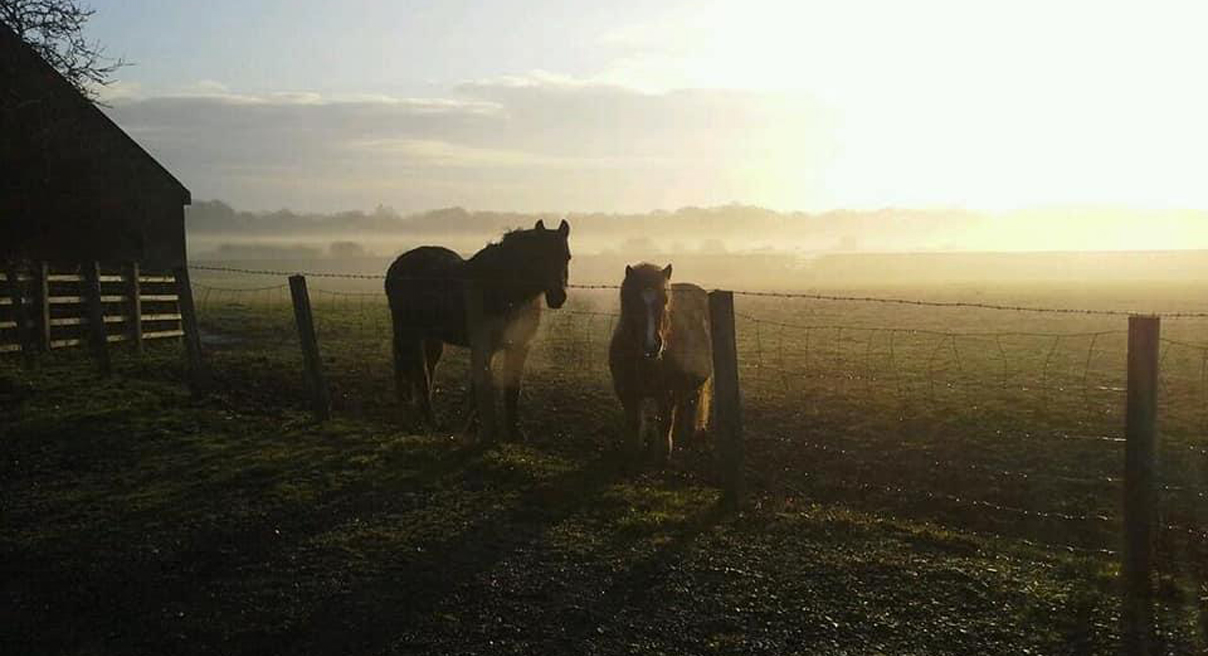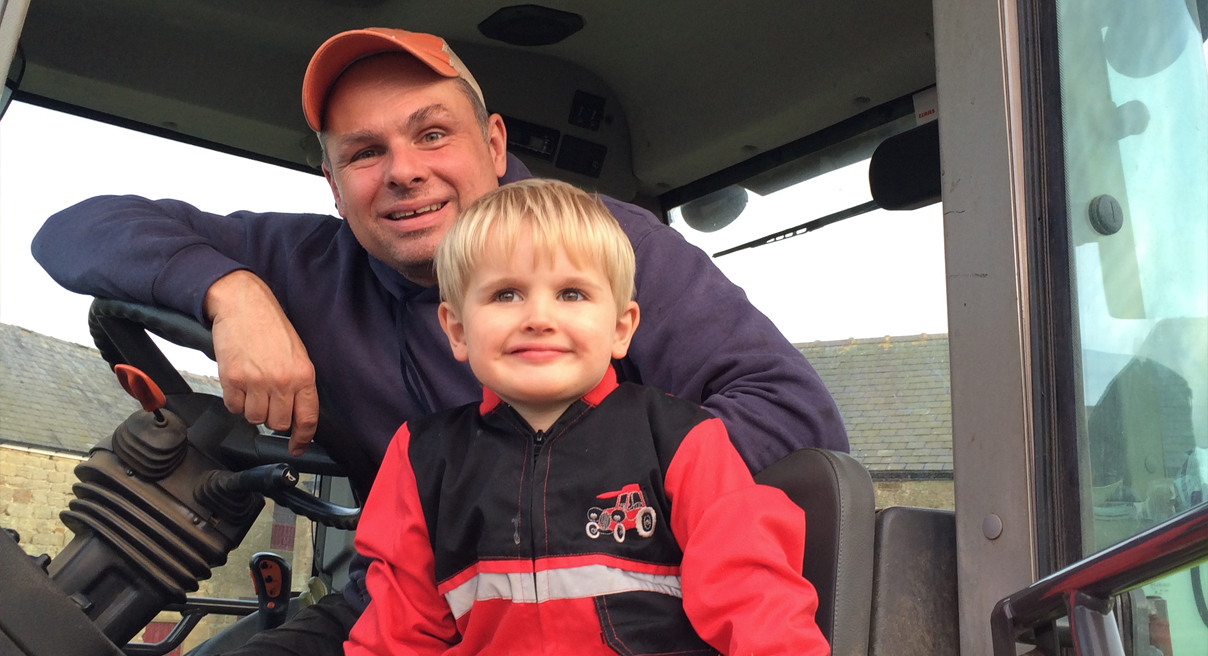Landowners
Case study
Angus McBryde is a farmer from Northumberland. He shares his thoughts on why Habitat Banks help him bridge the gap left by the end of EU subsidies at the same time as helping restore nature.
What do you think about the Habitat Bank model?
The transition out of the EU and the end of various agri-environmental schemes and subsidies, means that many farmers like me are worried about how they’re going to fund their farm business going forwards.
Mixed-use family farms like mine have long diversified their business, as well as signing up to various government schemes that support nature. But for the past 5 years there has been very little clarity from the government about what is coming, which creates uncertainty and worry.
I have read a lot in the farming press over the last few years about nature restoration and new environmental schemes, and the Environment Bank approach was really interesting to me. Privately funded schemes are not something we’re used to in the farming sector - subsidies have traditionally come through central government and Europe.
What I like about the Environment Bank scheme is that it can easily run alongside my other farming activities. I’ve identified around 40 hectares of under-used land across the acreage that could become a Habitat Bank, and ecologists from Environment Bank have come to visit the farm, do a walk around and talk about what we think would work best here in terms of planting. They fund everything, from the cultivation of the land, to the planting and fencing. I get paid to lease the land to them, as well as a yearly management fee.

How does it compare to government schemes?
The payments are dependent on the type of habitat created and the biodiversity uplift, but essentially the scheme measures up very favourably to Government schemes I’ve been involved in. Potentially you could earn over £30,000 per year. And the income is guaranteed for a minimum 30 year term, with no risk to me, so it allows me to manage my risk in the long-term.
Unlike offset schemes, payments start immediately and there is even a welcome bonus. This income comes through leasing land to Environment Bank, as well as them paying me to manage the Habitat Bank. The ecologists at Environment Bank will work closely with me to develop a management plan for the scheme that is bespoke to my land and that works for me.
Will it affect other parts of your farm business?
To begin, I thought Environment Bank might want to take over the whole farm but then I realised that wasn’t the case. They’re looking for small parcels of land, between 10-100 hectares and the habitat bank will sit happily alongside the other arms of my farm business. The scheme will help support the replacement of my existing EU farm subsidies as an alternative use of small parcels of land.

What are the benefits of this scheme?
There are lots of benefits. It allows me to guarantee my income for a 30-year period. It spreads my risk across the business, providing me with an alternative income stream to farm subsidies. It does not require costly inputs such as fertilizer - in fact, Environment Bank funds all the inputs, for example cultivating the land, planting and fencing, to get the scheme off the ground. They also pay me to lease the land and manage the habitat over the term of the agreement. It means I’m also supporting the restoration of biodiverse landscapes, which is important to me personally.
What sort of land are you using for your Habitat Bank?
I don’t think there is one size fits all - Environment Bank considers all types of land, including currently unproductive areas, old pasture, scrubland as well as under-performing land. This is across the acreage and doesn’t have to be in one block.

Are you concerned that the scheme is going to hamper farmers producing enough food if land is put over to schemes such as Habitat Banks?
I know there has been a lot of discussion in the farming press about the amount of land we have in the UK for food production. My understanding is that Environment Bank is looking to create 4,500 hectares of biodiverse habitat across England. This leaves plenty of scope for food production, with Habitat Banks using unproductive, marginal areas of land. I can still grow arable crops as usual, alongside managing the Habitat Bank on my farm.
What help do you get to set up and manage the Habitat Bank scheme?
The team of ecologists work really closely with you to set up the Habitat Bank - you’re definitely not on your own. It’s a close working relationship and together we decide on what type of planting will be best and how it can be managed effectively over the long term. The team are always at the end of the phone, they’re very friendly and answered all my questions right from original enquiry. The whole process takes around 3 months.
GET STARTED WITH HABITAT BANK CREATION
Find out the habitat options for your land and the income you could generate by registering your land or calling our team on 01904 202 990.
